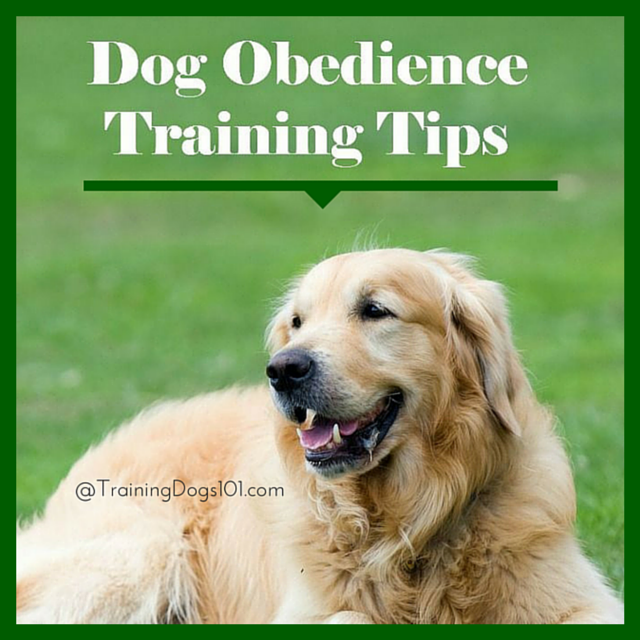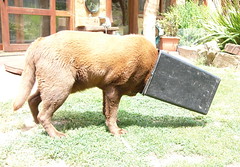 Canine Skill Mastery: Dog Obedience Training.
Canine Skill Mastery: Dog Obedience Training.
When you have a dog at home, it’s essential that you train him, especially because there are so many dogs that form bad habits as they get older. You know how dogs can be full of energy, jumping on guests and furniture and seemingly not listening to a word you say. Without proper training, you’ll have a hard time controlling your dog and correcting these somewhat harmful behaviors. It gets more difficult when dogs end up doing whatever they want, chewing anything and developingaggression problems. If you don’t want things to get out of hand, you have to teach your dog proper behavior, and that’s where dog obedience training comes into play.
Do I Need to Enroll My Dog in a Training School?
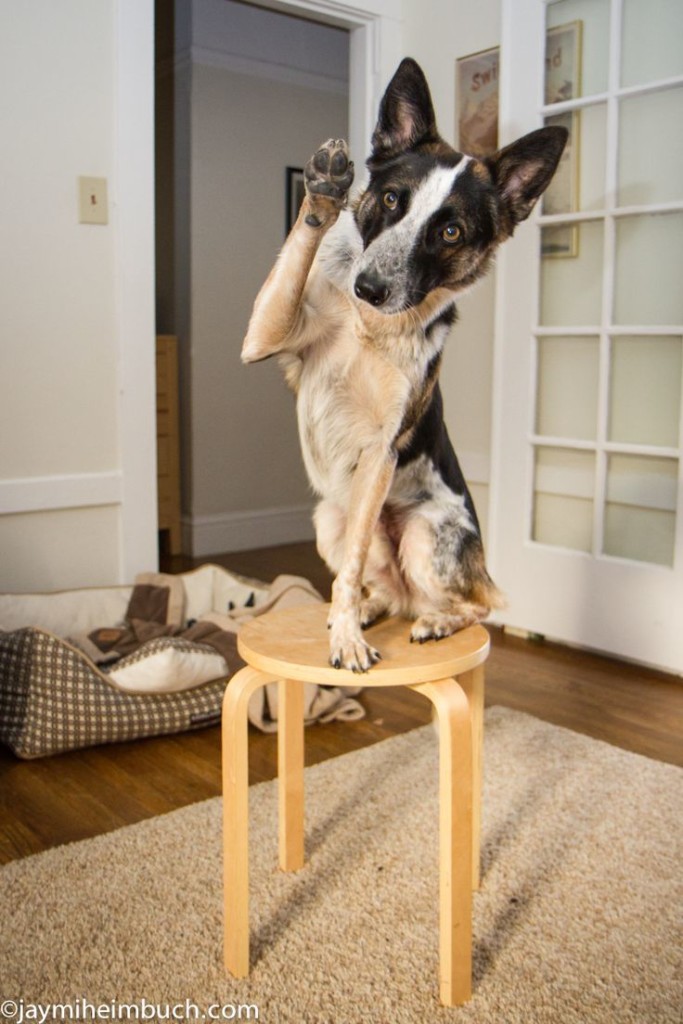
via mnn.com
This is one question that most pet owners will ask themselves, especially once their puppies start to grow physically but don’t seem to grow out of those puppy behaviors. It really depends on what your dog needs and how his temperament affects you, but it also depends on the things you’d like to do with him, such as being able to go for walks or listen better to you. If you want your dog to behave well and calmly, it’s definitely important that you enroll your dog in atraining school. Of course, there are other means for you to train your dog without having to incur costs and spend money and time in class. For instance, there are videos, books, and other available resources that you can use to discipline and to train your dog. However, certified trainers can provide the right training to teach your dogs without you shouldering all the responsibility. If you really don’t have any knowledge or background of dog training, you might want to take your dog to formal schooling.
The Purpose of Dog Obedience Training
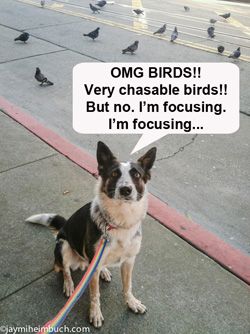
via mnn.com
Dog obedience training doesn’t just teach your pup—it trains you as well. Your dog can learn a lot with the help ofprofessional trainers. For one, attending classes can establish a stronger relationship between you and your pet. Second, it also gives way to a better and a more open line of communication between the two of you. During the training sessions, you’ll get to know more about your dog. The same thing goes for your pet: he gets to learn that you are his master, and he needs to do what you tell him. With the help of trainers, your dog also can be taught to avoid developing unacceptable behaviors, such as chewing, barking, and jumping. Dogs that have undergone proper training definitely behave better compared to dogs that have not. If your dog has behavior problems that are interfering in your daily life, you might be more willing to incur costs to take your dog to a training program. According to experts, it’s strongly recommended that you take yourpuppyto a training school as early as possible. Younger dogs are much easier to train compared to older dogs, as older dogs have already formed bad habits that might be a bit difficult to change or to stop.
What Are the Benefits?
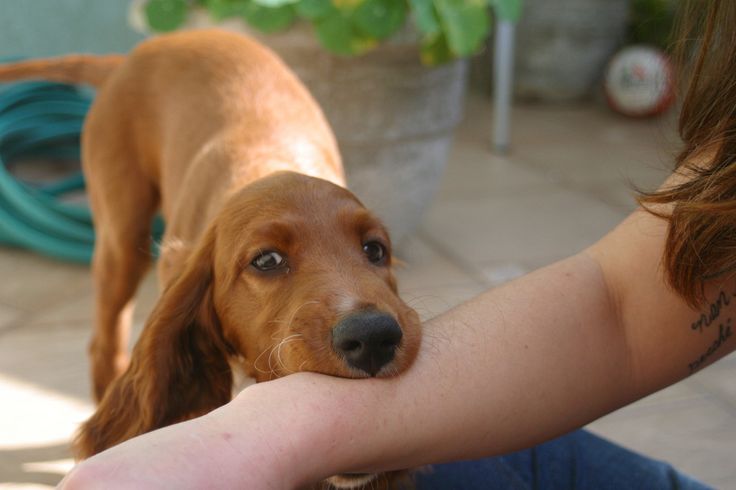
via dogchannel.com
In finally deciding to spend money to take your dog to a training program, you have to weigh the benefits. Overall, this is one of the best things that you can do for your dog. One of the benefits is that it makes things easier for you. Your dog is more disciplined. Another great benefit that you can get is a better relationship with your dog. With your pet trained for obedience, you don’t have to worry about unacceptable behavior that usually occurs if the dog is not trained properly. You get to have a safer dog that won’t hurt your children’s friends or run out into the street despite you calling his name. Depending on your needs, you can further train your pet to learn more and acquire more skills.
Techniques Used in Dog Obedience Training
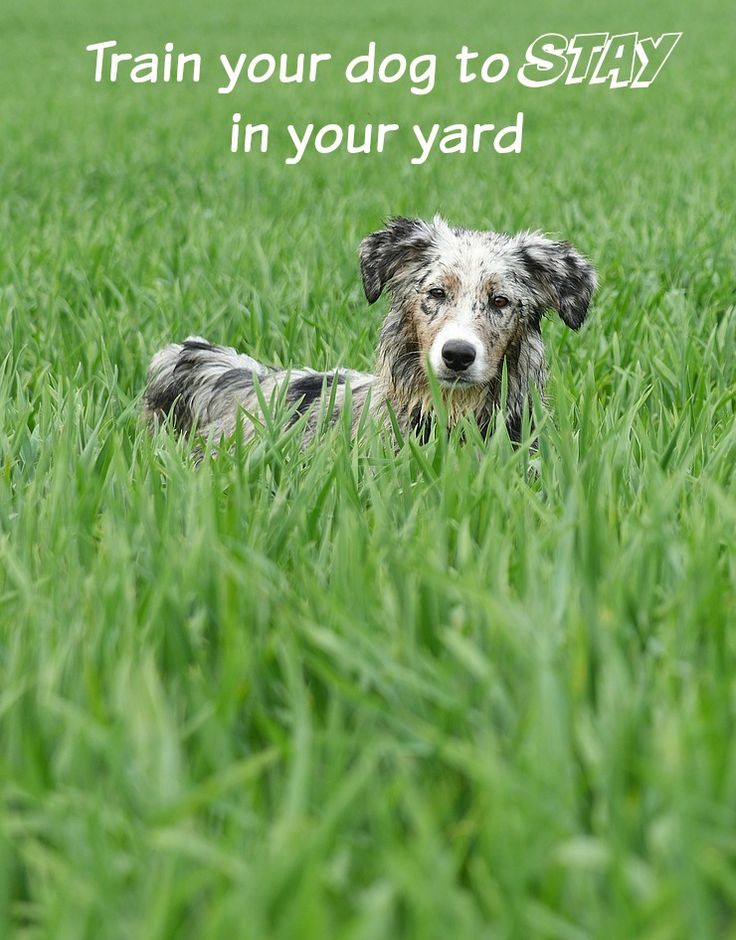
via dogvills.com
When it comes to choosing a training school, you have to look at the trainers and the different techniques and methods used. Trainers make use of various techniques that they deem effective, and you want a trainer that uses positive reinforcement, not punishment. Your trainer should not hit your dog, ever. Also, it’s important to know what can motivate a dog. This is a very useful tool during training sessions. Most dogs follow best through the use of rewards and treats, so effective trainers make use of a positive reward system. Positive training only rewards the dog when he does something right, and it doesn’t punish him if he does something wrong. This is also called the “praise and reward” method. When the dog does what is expected of him, the trainer will praise and give a treat. Another method is through repetition. Not all dogs can absorb and comprehend everything the trainers teach them. There are times when trainers have to repeat the command and the process all over again for the dog to understand.
Dog Obedience Training Commands
As you start to assess whether you want to attend training school or not, you can try teaching your dog a few things at home to determine his learning aptitude. There are basic obedience commands that your dog can try out at home before you pursue a trainer. The most basic one is to teach your dog to sit; this is the easiest command you can give. Apart from this, you can teach other skills like stay, down, come, etc.
To teach the dog to sit down, do the following steps. You can either take your dog to the floor or grab a chair next to him. Always have a treat. It’s easier to train a dog if your pet knows that he’ll be rewarded. To start off, move your hand (holding the treat) up right above his nose and back a little. In turn, your dog will follow the direction of the treat and will also move his head up. When he raises his head, his tendency will be to put his bottom in a seated position. Say “sit” as you move your hand up and the dog puts his bottom down. When he finally does this, you can give him the treat. Praise your dog for what he did. You can repeat this process until he finally associates the verbal and non-verbal command (the hand movement) with sitting. Then, you can try giving the command without the treat to see if your dog follows. If not, you can repeat the process until your dog finally does the command without the need for a treat.
This is basically the process that you can use in teaching other skills. As a pet owner, you should know the personality of your dog and what will entice him to do what he is asked. In training a dog, you get to have your own choice about the outcome of his behaviors. If it doesn’t seem as though your dog is receptive to your training, you can definitely call upon the help of a professional. If he does perform well, you can anticipate a fun time in obedience classes.


